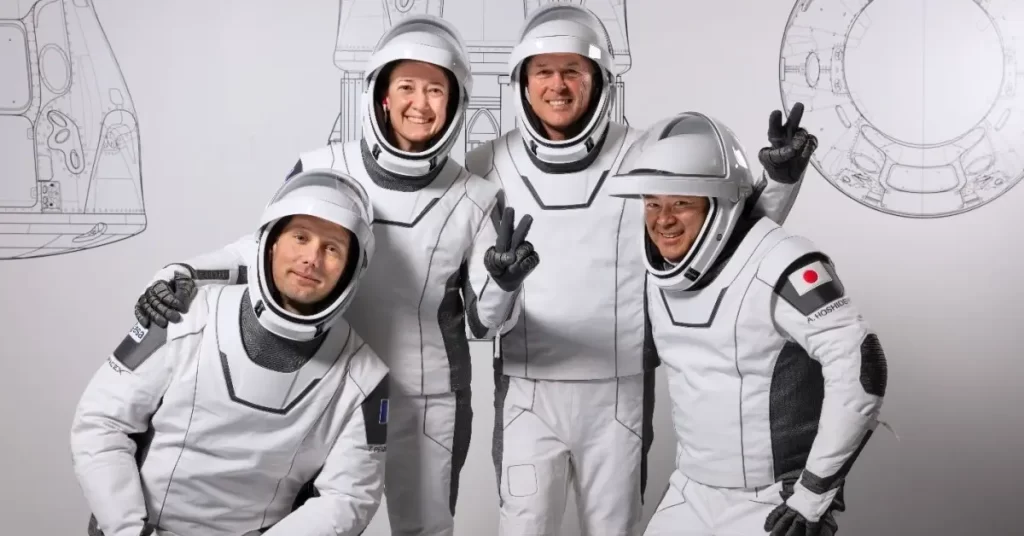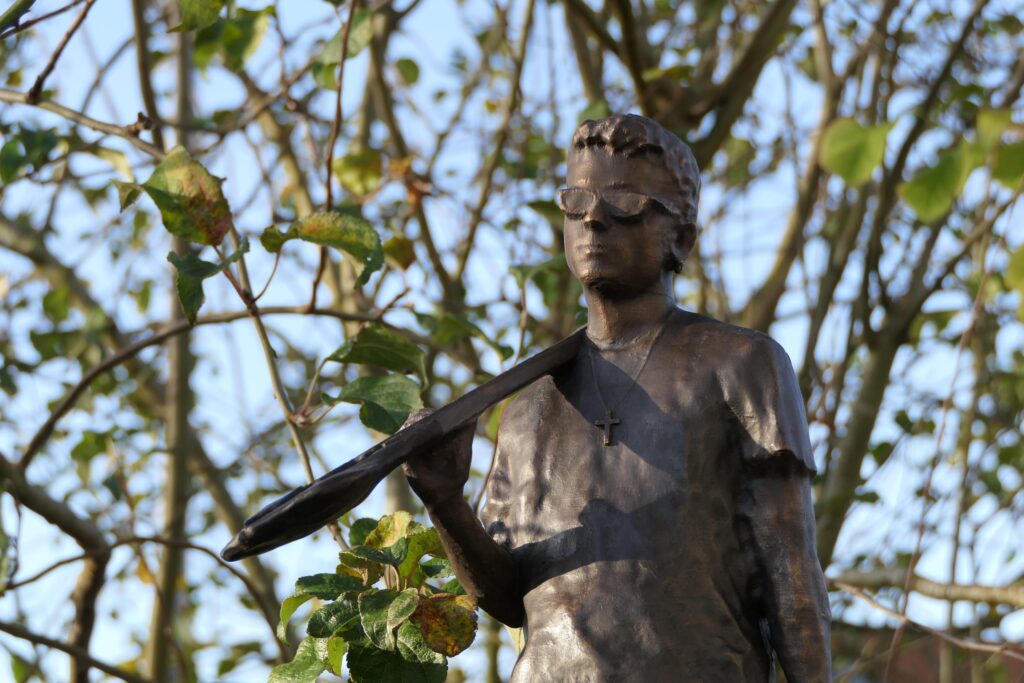NASA Astronauts Return To Earth In Crew 6 SpaceX Capsule After Wrapping The 6 Month’s Station Mission
In the early hours of Monday, a historic chapter in space exploration came to a close as a SpaceX Crew Dragon capsule gently splashed down off the coast of Jacksonville, Florida, concluding NASA’s SpaceX Crew-6 mission. The capsule, named Dragon Endeavour, carried three astronauts and one Russian cosmonaut, marking its fourth triumphant return from space. The dramatic reentry, occurring between 12:05 a.m. and 12:17 a.m. EDT, illuminated the night sky over the Gulf of Mexico and central northeast Florida, captivating spectators across the southeast United States. The descent generated mostly harmless but occasionally startling sonic booms, echoing across the state.
Crew-6, led by Commander Stephen Bowen, expressed heartfelt gratitude to SpaceX for their unwavering support throughout the mission. Bowen’s words resonated with appreciation: “Thanks, SpaceX. We really appreciate all the support – from all the initial training through the launch, throughout the mission, keeping us abreast of the status of the vehicle, and all the support all the way down.” His sentiment echoed the collective feelings of the crew, emphasizing the seamless coordination and teamwork between NASA and SpaceX.
The culmination of this nearly six-month-long science mission aboard the International Space Station (ISS) began 17 hours prior to the splashdown. On Sunday at 7:05 a.m., astronauts Stephen Bowen and Woody Hoburg, along with the United Arab Emirates’ Sultan Alneyadi and Russian cosmonaut Andrey Fedyaev, bid farewell to the ISS. Following a day of orbiting the Earth, the Dragon Endeavour autonomously executed the final of five deorbit burns at 11:24 p.m., initiating the crew’s descent back to Earth.
As the Dragon capsule descended through Earth’s atmosphere, its heatshield endured temperatures soaring up to 3,500 degrees Fahrenheit, creating a protective plasma layer around the capsule. During this phase, ground communications with the crew were temporarily disrupted, a routine part of reentry. The tense minutes passed, and when SpaceX teams approached the bobbing capsule, confirming no toxic propellants were leaking, it was carefully hoisted onto the deck of the recovery ship, aptly named “Megan” after NASA astronaut Megan McArthur.
The crew members underwent thorough medical checkouts aboard the recovery vessel before boarding a helicopter for a brief journey back to Kennedy Space Center in Florida. From there, they would embark on their return trip to NASA’s Johnson Space Center in Texas. The meticulous procedures ensured the safety and well-being of the astronauts, marking the official completion of a mission dedicated to thousands of hours of scientific experiments and station maintenance.
This successful return of Crew-6 further solidified SpaceX’s position as a key player in human spaceflight. With a total of 11 human spaceflight missions, eight of which were part of NASA’s Commercial Crew Program, SpaceX has demonstrated its reliability and expertise. Notably, the mission preceding Crew-6, Crew-7, carried a diverse crew comprising NASA astronaut Jasmin Moghbeli, European Space Agency astronaut Andreas Mogensen, Japan Aerospace Exploration Agency astronaut Satoshi Furukawa, and Roscosmos cosmonaut Konstantin Borisov to the ISS, marking yet another milestone in international collaboration in space exploration.
Looking ahead, the anticipation for the next launch filled the air in Florida. The upcoming liftoff was slated to be a United Launch Alliance Atlas V rocket, undertaking a national security mission in collaboration with the U.S. Space Force and the National Reconnaissance Office. However, the mission faced a delay due to the precautionary return of the rocket to the protection of the company’s vertical integration facility amid the threat of Hurricane Idalia. As safety remained a paramount concern, ULA assured that a new launch date would be announced once it was safe to proceed.
Simultaneously, SpaceX was gearing up for another significant launch, involving a Falcon 9 rocket carrying a batch of Starlink internet-beaming satellites. The liftoff, scheduled from Cape Canaveral Space Force Station, was eagerly anticipated, although the specific date and time had not been officially announced.
As the space industry continued to unfold with its remarkable achievements and challenges, the world watched, captivated by the endeavors that pushed the boundaries of human exploration. SpaceX’s Crew-6 mission stood as a testament to the collaborative spirit of international space agencies, reaffirming the collective commitment to unraveling the mysteries of the universe and advancing the frontiers of science and technology.



